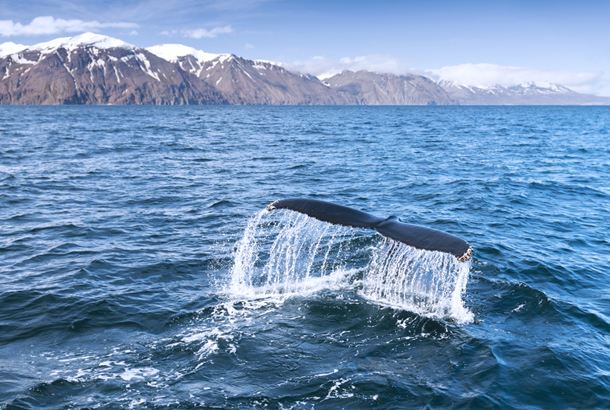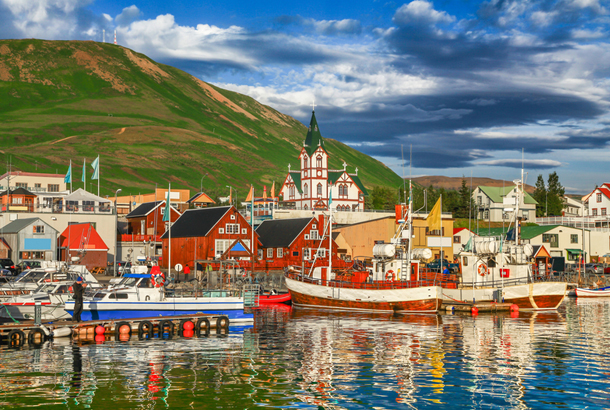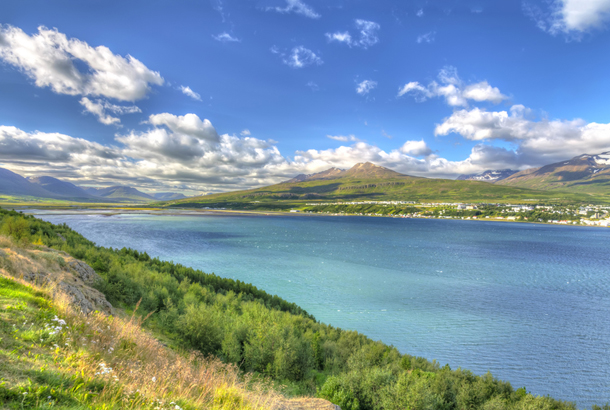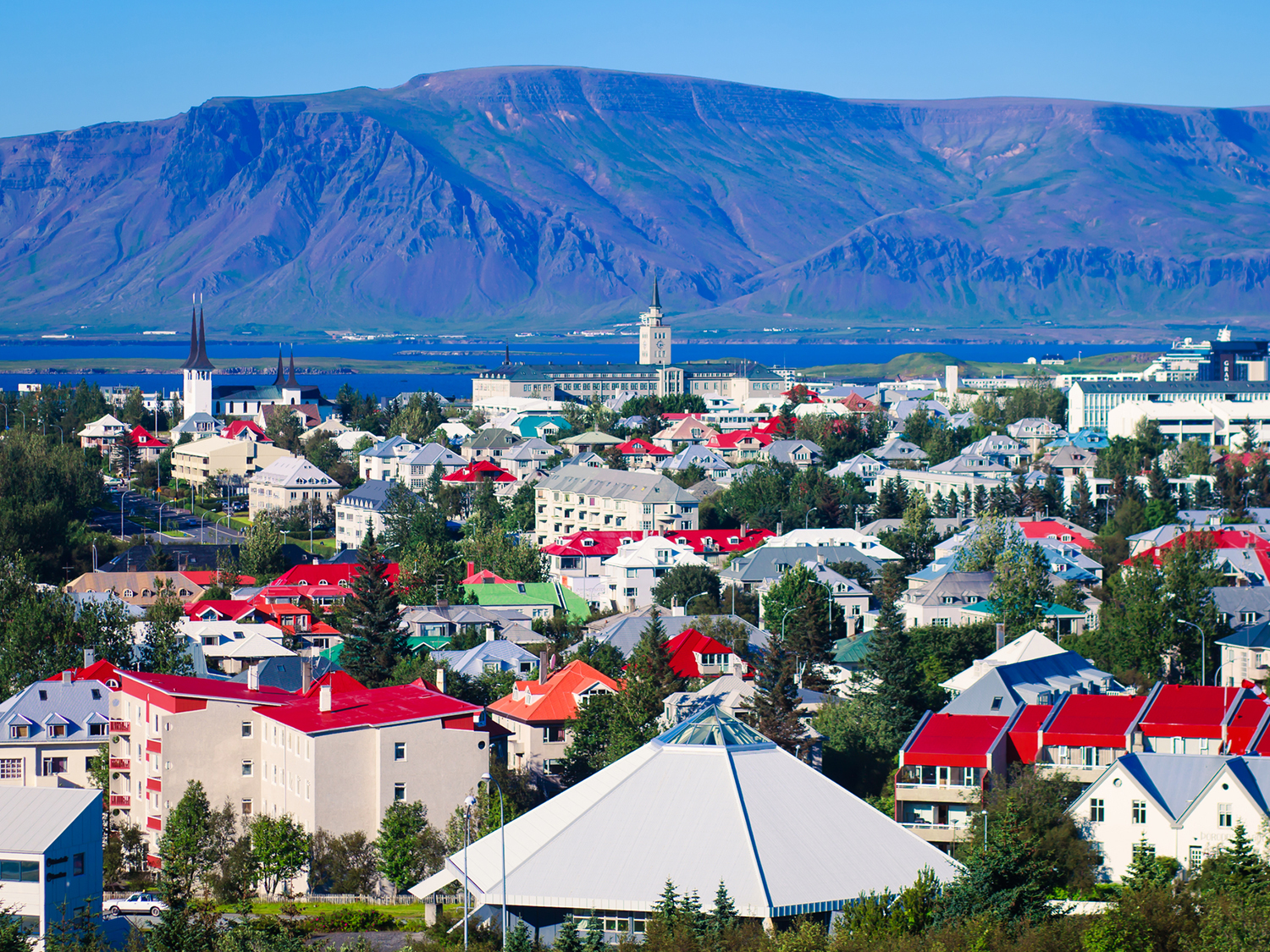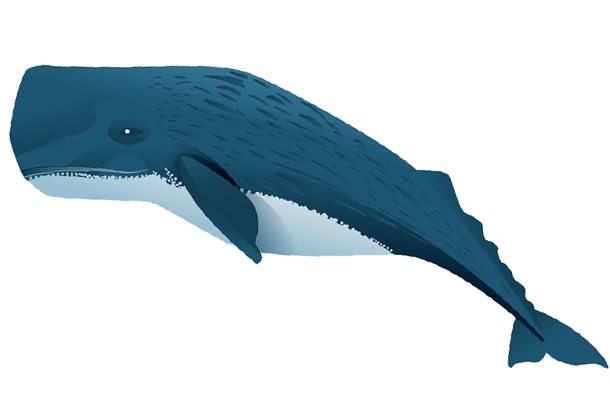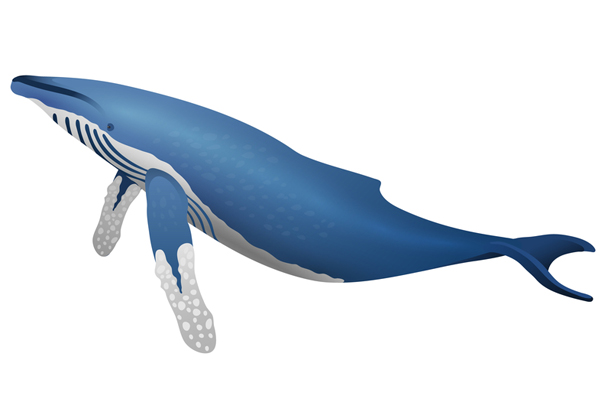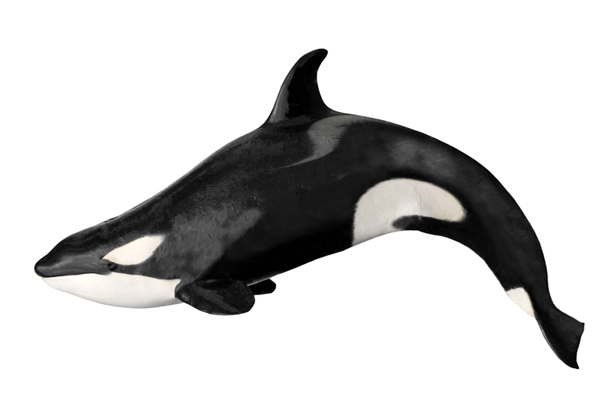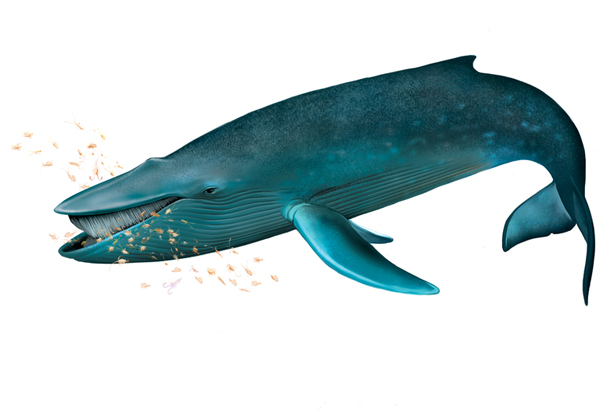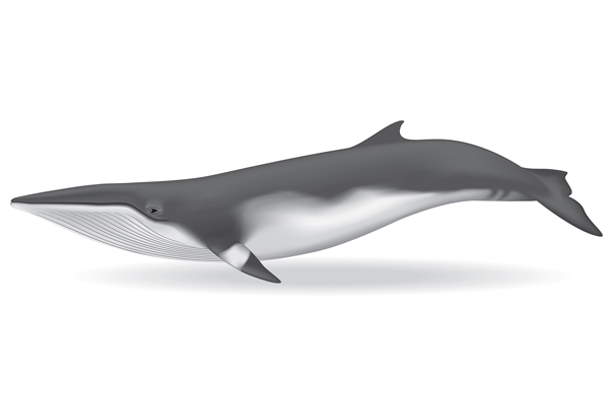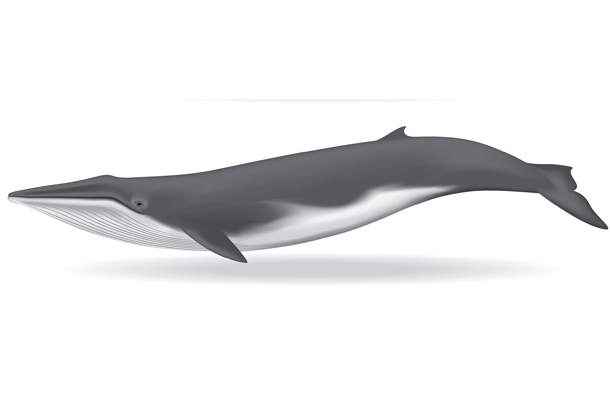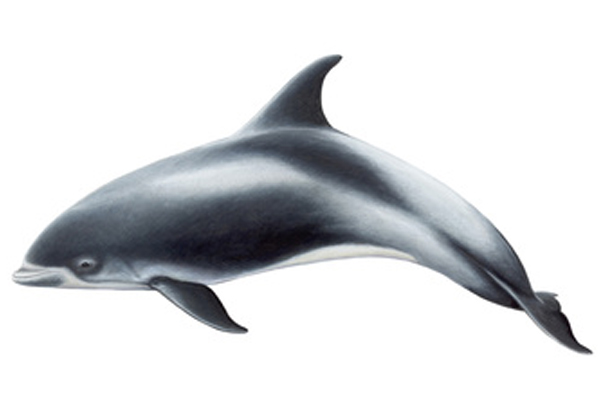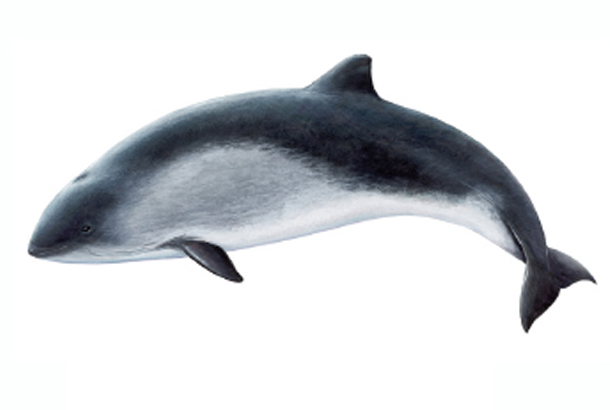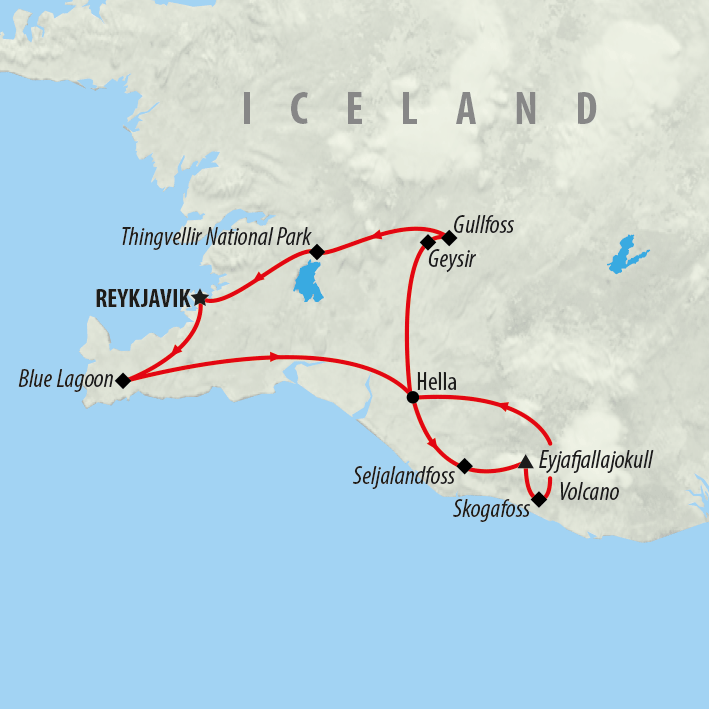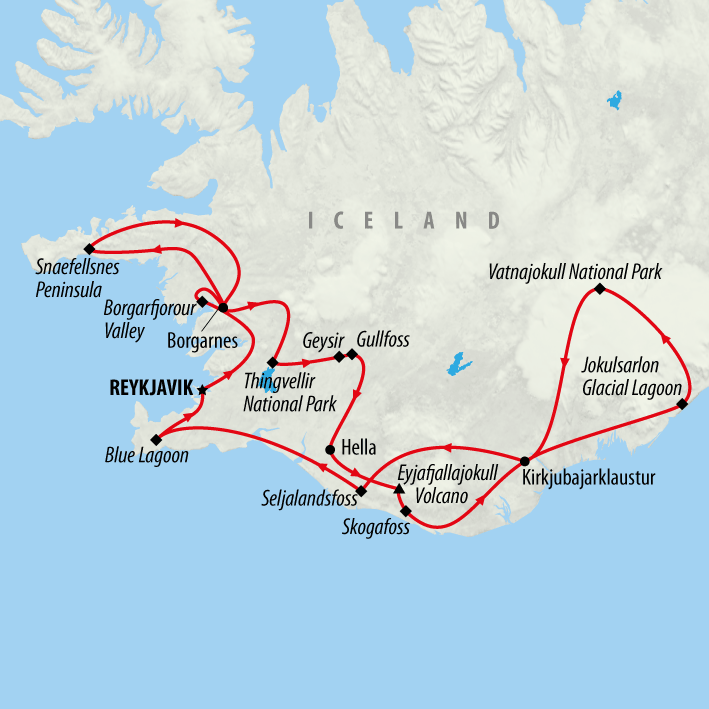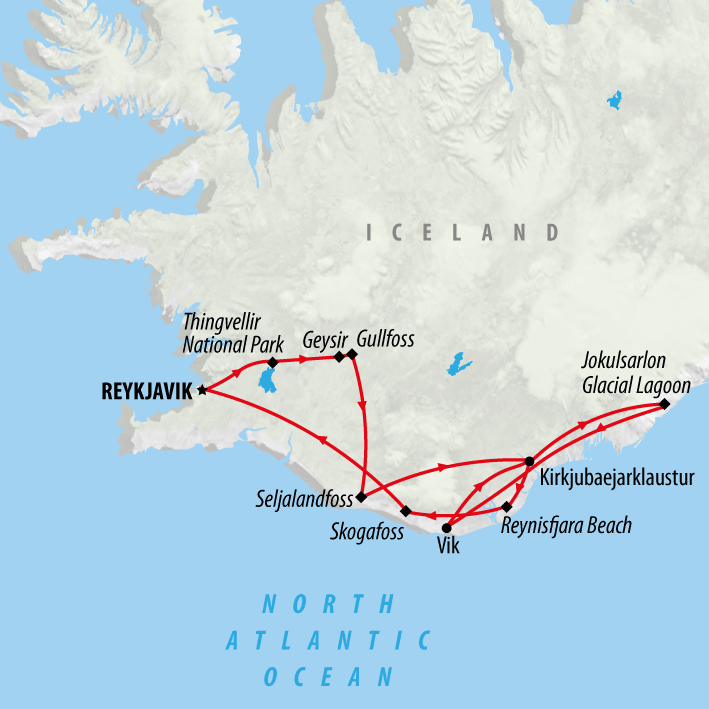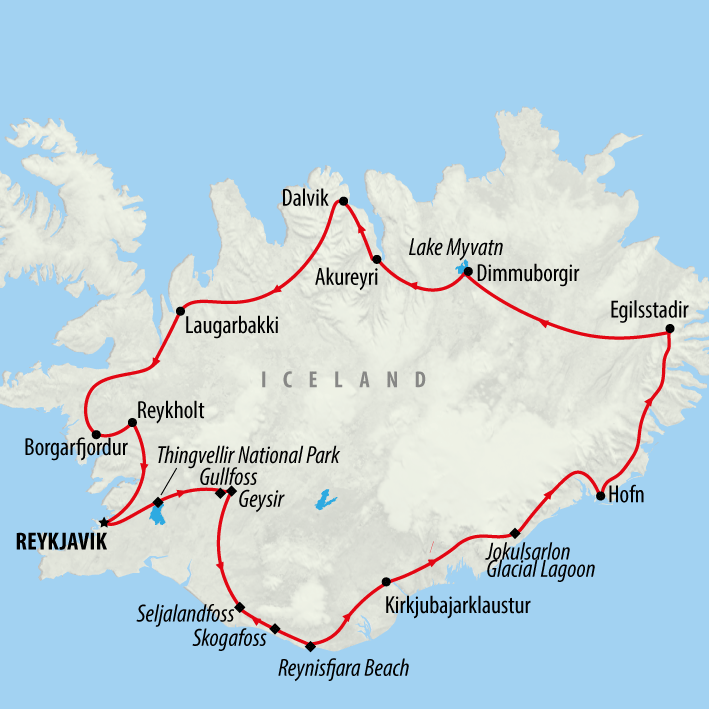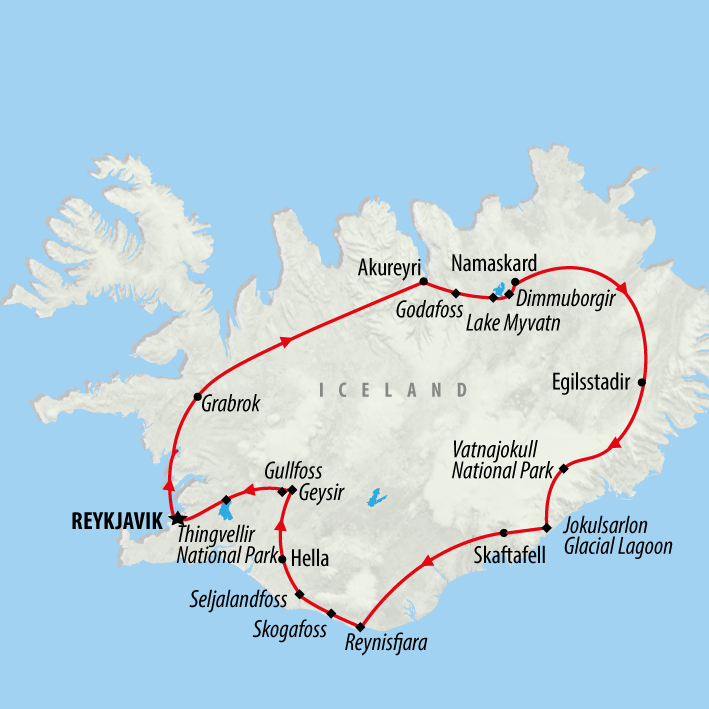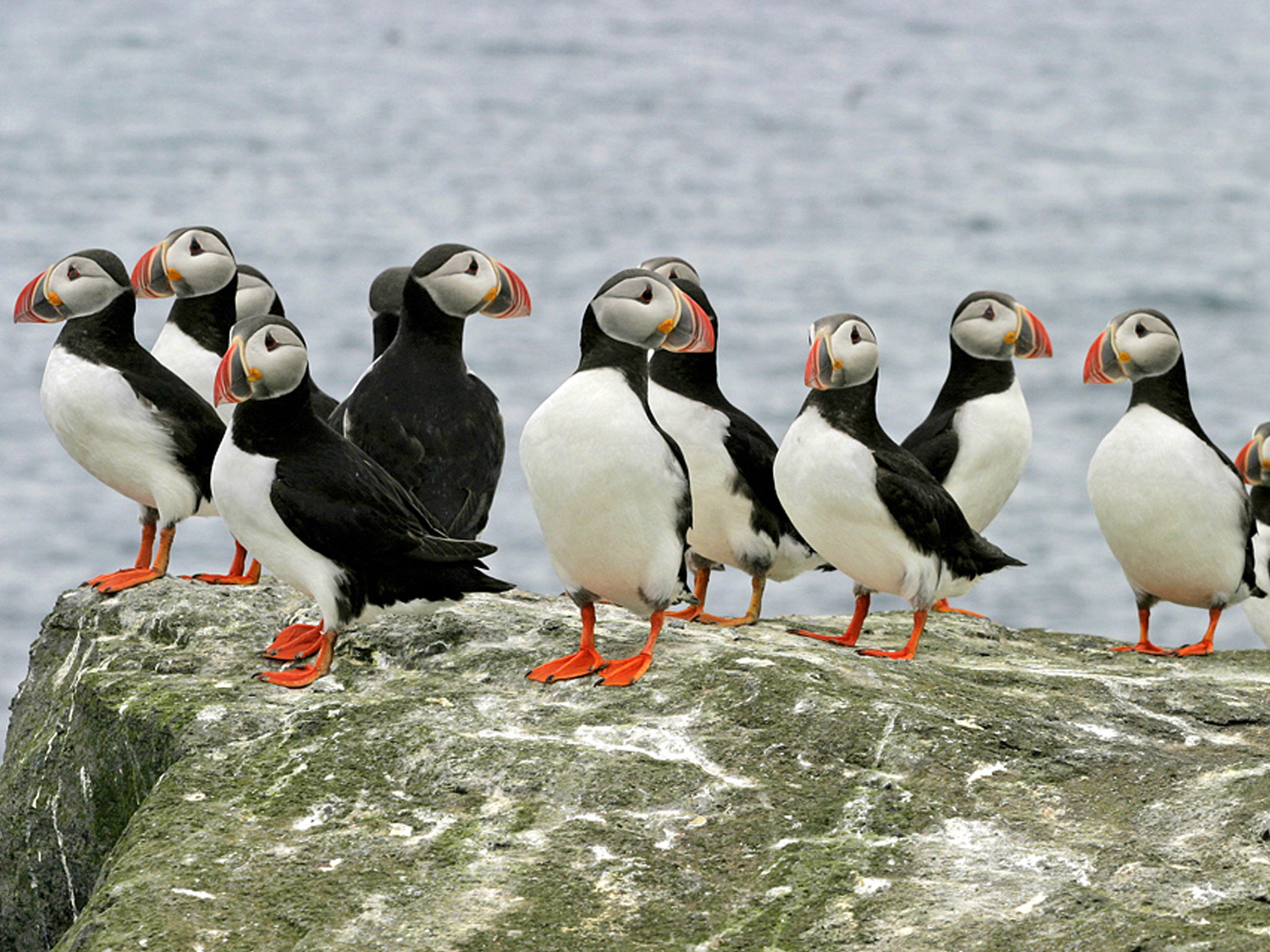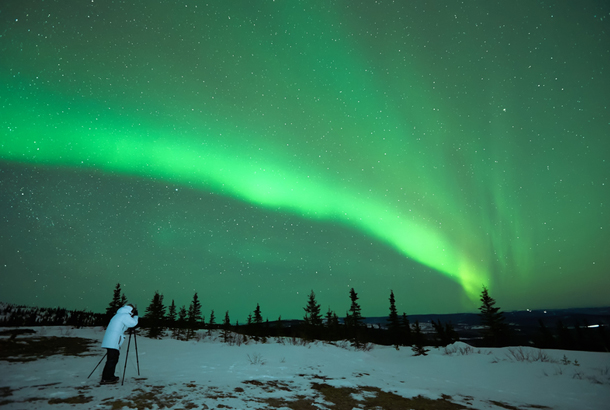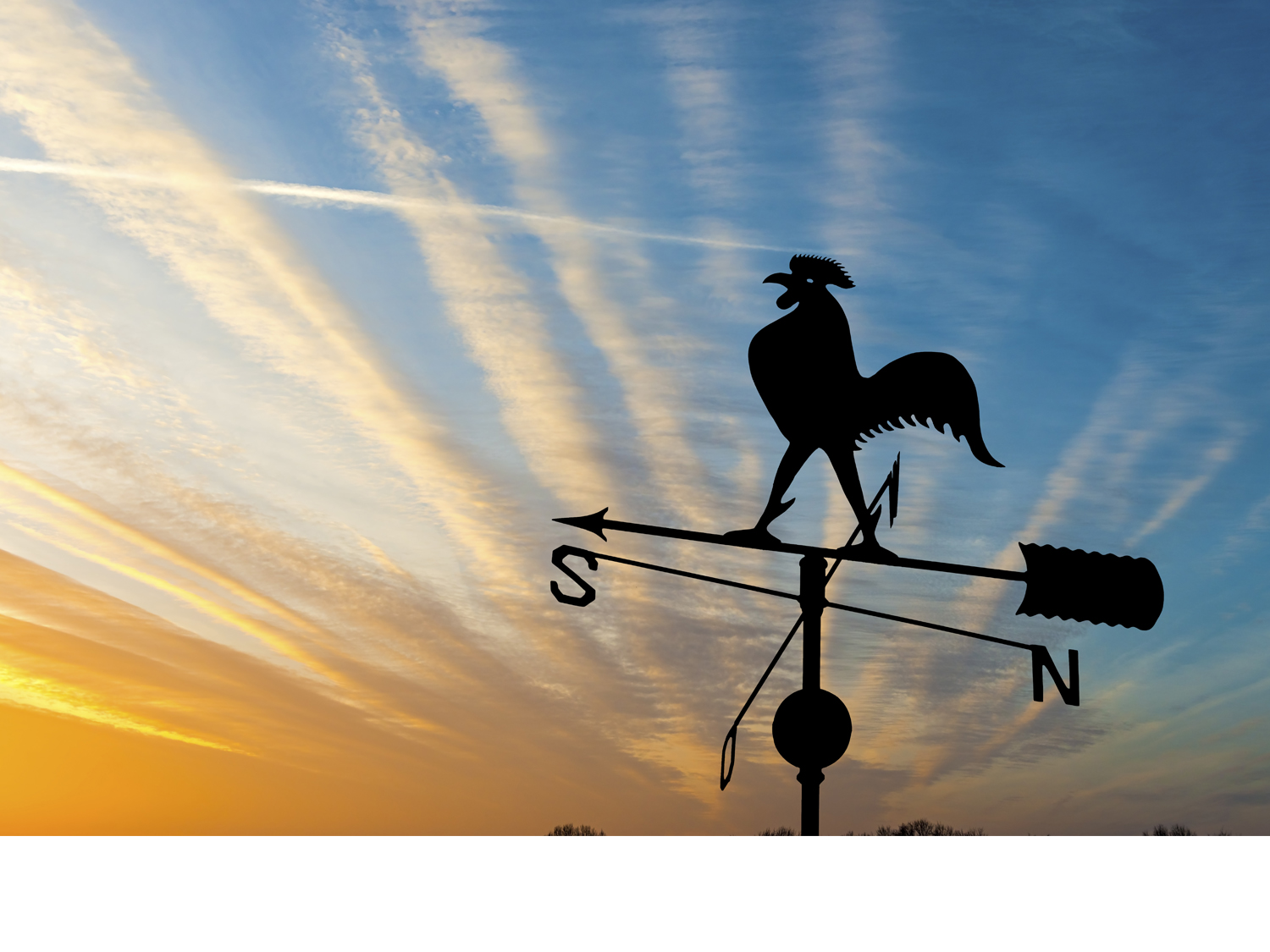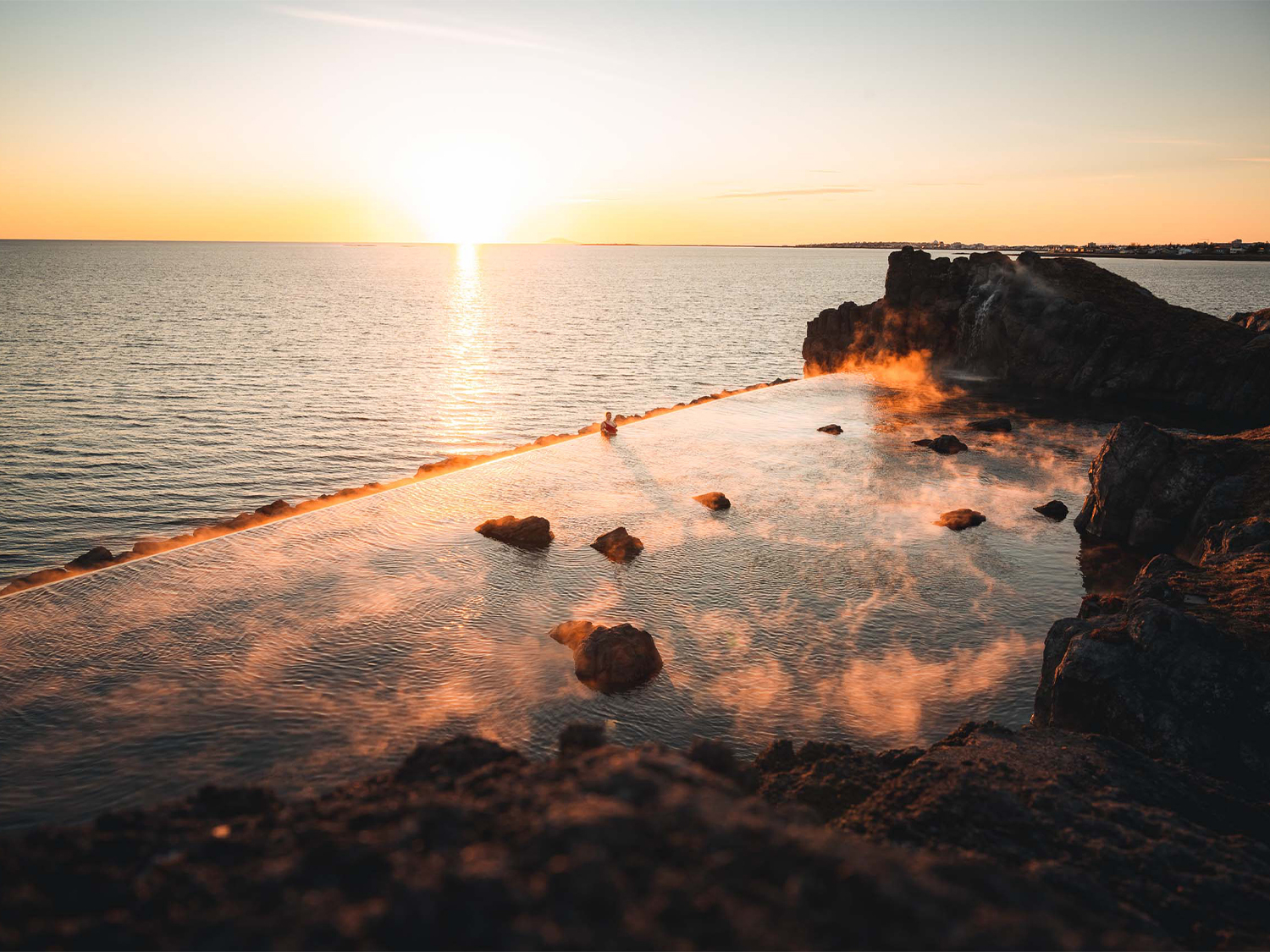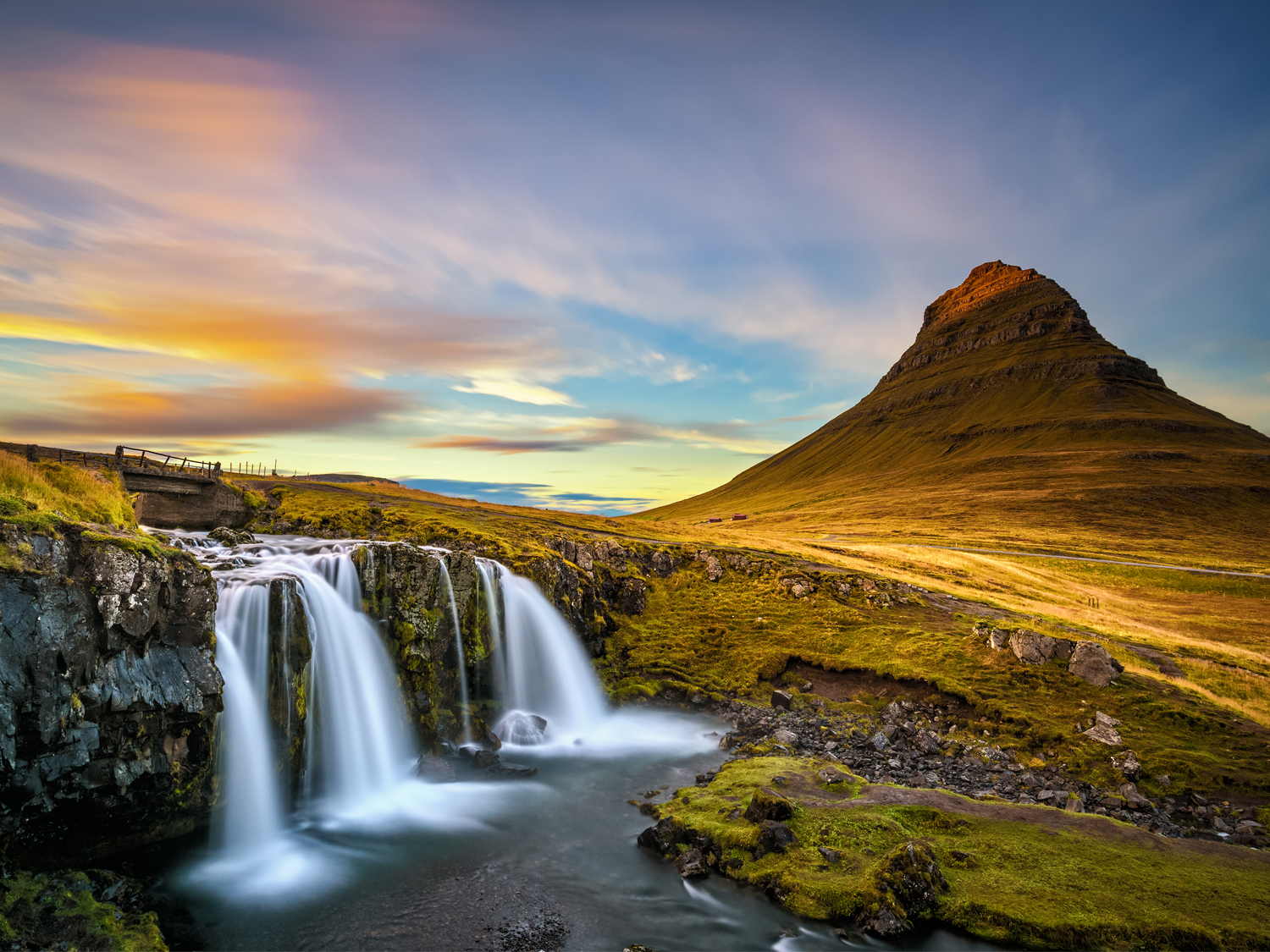Whale Watching in IcelandEncounter Majestic Giants: Unforgettable Whale Watching Adventures in Iceland
When do you want to go?
2024
I'm flexible
Passengers
Adults (18+)
Children (0 - 17)
Whale Watching Adventures in Iceland
Iceland's biggest wildlife drawcard is the gentle giant of the sea. The waters that surround the island are home to over 20 different species of whale from the skilled orca to the gigantic sperm whale. The cold Arctic Sea in the north meets the warmer waters of the North Atlantic Ocean in the south, creating an ideal feeding ground for marine mammals including whales and dolphins.
The long daylight hours of summer and the relatively shallow waters offer ample opportunities to spot these incredible creatures in their natural environment. In fact, it's considered one of the best places in the world for whale watching. Iceland is also a haven for the endangered and colorful puffin, one of the world's most popular sea birds. Read on to find out more about whale watching and puffins in Iceland.
Best Time to Visit Iceland for Whale Watching
Generally speaking, whale and dolphin watching opportunities are best during the summer months, from April - October. This is when plankton is at its most plentiful, so the large baleen whales come in to feed. Narrowing things down further, mid-June to August, is peak whale watching time, and it also coincides with Iceland's peak tourist season. It is possible to see some species of whales and dolphins at other times of the year as migratory patterns vary between the species. So winter sailings are still an option in some parts of the country.
Best Places For Whale Watching in Iceland
Iceland is becoming an increasingly popular destination for whale watching with frequent sightings and experienced local outfits operating out of larger cities and towns. Whales and dolphins are more commonly found in the north, south and west waters, and these three destinations are where you should head to if whale watching is on your agenda.
Húsavík
Located on the north coast of the island fronting the Greenland Sea, the picturesque harbour town of Húsavík is considered the whale watching capital of Iceland. During the summer months you're practically guaranteed to see up to 11 different species of whale and dolphin. Whale watching excursions take place between April and October with June and August the best time to see whales. Visitors have the choice of traditional oak schooners or modern Zodiac-style boats for their trip. There's also the fascinating Húsavík Whale Museum in town where you can learn all there is to know about these gentle giants.
Akureyri
Iceland's second city is not only a buzzing cosmopolitan centre home to cool eateries and late-night entertainment, it's also a great place for a whale watching excursion. Sat at the head of Eyjafjörður - Iceland's greatest fjord, between May and October it's possible to see humpback and minke whale along with white-beaked dolphins and harbour porpoise against a backdrop of snowcapped peaks.
Reykjavik
The capital city is an easy option for visitors with year-round boat trips departing from the old harbour. Marine wildlife is most prolific in the summer months but even outside of this you might be lucky enough to spot orca, blue whale and white beaked dolphin. Here you can also visit the Whales of Iceland exhibition for interactive displays and life-sized models of various whale species.
Commonly Seen Species of Whale in Iceland
Of the 23 different species of whale found in Iceland's waters, eight are frequently spotted on whale watching excursions.
Sperm Whale
Made famous by the Moby Dick novel, the sperm whale is the largest of the toothed whales with a head that accounts for a third of its body length. It also has the largest brain of any animal on the planet. Females and young males live together in groups while mature males keep to themselves except during the mating season when they go looking for females.
The sperm whale is found in the open ocean and can dive down to 2,250 metres, staying submerged for up to an hour at a time. They can be seen around the west of Iceland from late spring (April/May) to late summer (August/September) and tend to be solitary male sperm whales.
Humpback Whale
The most distinguishable feature of the humpback whale is its pectoral fins, which measure a third of the animal's body and are covered with bumps known as tubercles. These same bumps are also found on the whale's head. Another unique feature of the humpback whale is its tail fluke, which has a black topside and white underside. The patterns on a humpback's tail fluke are as unique as a human fingerprint.
Humpback whales are one of the most active whales, frequently breaching out of the water and even slapping their heads against the surface. They are most commonly spotted around the north of Iceland in the summer months between April and October. In recent times, they have also been seen in late winter (February/March) to the south of the country.
Orca
It may not be one of the biggest whales in the ocean but the orca sure is one of the most deadly. More commonly known as killer whale, these roaming predators actually belong to the oceanic dolphin family and feed on fish and marine mammals including seals and occasionally whale calves. Their global distribution covers each of the world's oceans and they live in large family groups known as pods. They are highly social animals and hunt in groups, developing sophisticated techniques and using unique vocal behaviour.
Male orca have a dorsal fin that can measure up to 1.8 metres and slices the water as they glide through the ocean. These fascinating creatures frequent the waters west of Iceland in the winter (November to March) and early summer (June/July).
Blue Whale
The blue whale is the true giant of the sea with a longest recorded body length of 30 metres. It is the largest animal known to have ever existed, bigger than any dinosaur ever recorded. The blue whale's mouth is large enough to park a family saloon car in! Blue whales come in various shades of blueish-grey with unique mottling across their bodies. They prefer to live alone or with just one other individual. Blue whale calves stay with their mothers for around seven months, so you're likely to see a miniature version accompanying its mother on your whale watching trip!
Blue whales typically swim at a depth of around 13 metres and can be found in the waters of north Iceland from late spring (April/May) to early summer (June/July). They can also be spotted to the west of Iceland as well as in the south during the autumn months (September/October).
Minke Whale
Found in oceans around the world, the minke whale is the most abundant of the baleen whale family. In the Northern Hemisphere, they are characterised by a white band on their flippers, while their southern counterparts do not have such markings. They are relatively quick in the water, with a streamlined shape, a sharply pointed snout, and small fins. Their skin is perfectly smooth, with a pale underbelly and a dark grey upper side.
Minke whales are the most commonly spotted whales in Iceland and are also one of the most inquisitive, often swimming alongside sea vessels. They are most abundant in the summer months between April and October and are found in the waters north, south, and west of Iceland.
Fin Whale
The fin whale is the second-largest animal after the blue whale. Its slender body makes it fast in the water, with a long back and small dorsal fin that sits low down its spine. Behind the dorsal is a distinctive ridge that has earned the fin whale the nickname 'razorback'. Another unique characteristic of this whale is its asymmetric colouring - the head is usually dark grey on the left side and patterned on the right.
The fin whale isn't as common as other species, such as humpback and orca, but whale watching in Iceland gives you one of the best chances to see the species. Sightings can occur in the north or the south during the summer months (June to August).
White-beaked Dolphin
This charismatic species of dolphin is characterised by its short white beak and highly curved dorsal fin. They are social animals, travelling in large pods and communicating in solar clicks and whistles. They are also acrobatic and will frequently put on a show for whale watchers, whether it's jumping into the air or riding the bow wave of quick-moving vessels.
The white-beaked dolphin is one of the more common dolphins found in European waters and is abundant around Iceland. They can be seen throughout the year, though the best time is late winter (February/March) after the calving season.
Harbour Porpoise
The harbour porpoise is one of six species of porpoise and one of the smallest marine mammals. Its name derived from the fact that this particular species stays close to coastal areas, however, the harbour porpoise is wary of boats and is generally only spotted when the waters are calm. In some places they have been given the nickname 'Puffing Pigs' due to the noise they make when they breathe above water.
The harbour porpoise is widespread across the North Atlantic and Pacific, and are abundant around Iceland. They can be seen year-round though between April and October is the best time to spot them.
Whale Watching Excursions
Our 6 day South Iceland Summer Explorer tour includes a 3-hour whale watching cruise from Faxafloi Bay in Reykjavik. For those travelling between April and October we also offer the opportunity to go whale watching as an optional excursion on day 3 of our Iceland Circle 8 day tour in Akureyi,.
Alternatively there are many local operators who offer whale watching excursions throughout the year in Reykjavik, which you can book in advance or locally upon arrival. Most of the whale watching excursions last around three hours. Our Iceland group tours all start and end in the capital so you can book pre or post tour accommodation to allow yourself time for a boat trip out into the bay for a whale watching spectacle.
Puffin Watching in Iceland
If you're keen to see more wildlife in Iceland then puffin watching is also very popular. Iceland is the puffin watching capital of the world, with 8 to 10 million puffins arriving in May each year and leaving late August.
You can spot puffins on our 6 day South Iceland Summer Explorer and 3 day South Iceland Summer Express tour which visit the Westman Islands, home to the largest puffin colony of Europe.
Alternatively there are plenty of puffin watching excursions which depart from Reykjavik and can be booked locally. Set sail from Reykjavik’s old harbour on an hour’s cruise, visiting Puffin Island (Akurey) where you spend half an hour or so observing the birds and learning about them. Puffins are not the only birds you will see – there are often northern fulmars, eider ducks, cormorants, arctic terns and black guillemots too.
Iceland guides to help you plan
Our customers say
Excellent
4.4 out of 5 based on 275 reviews
